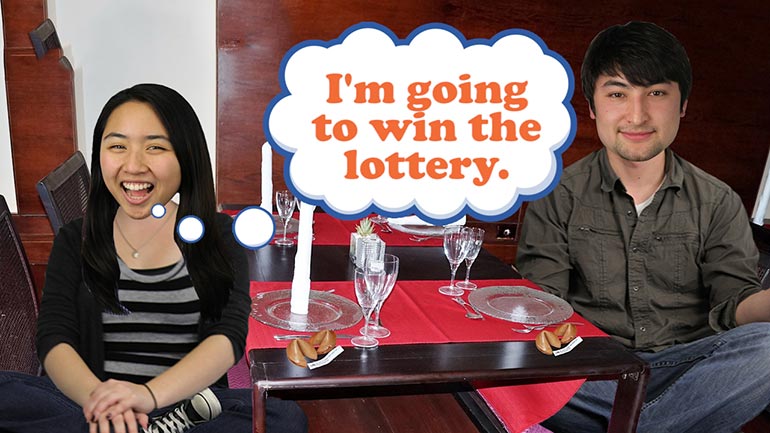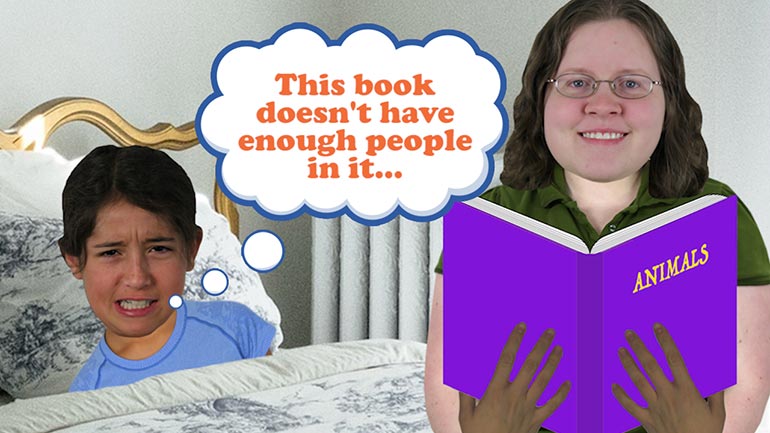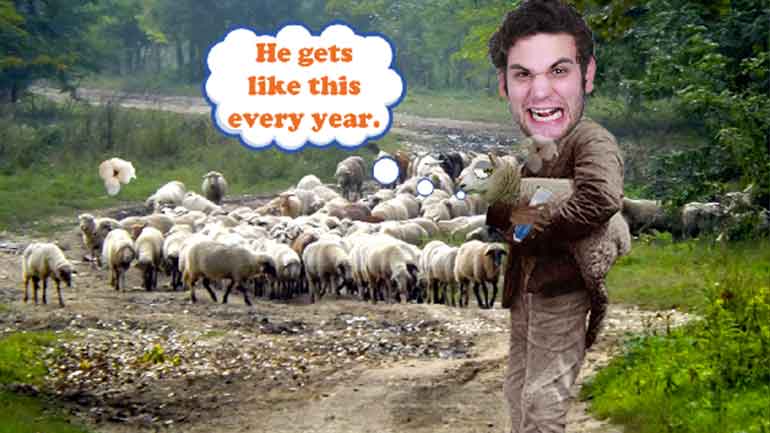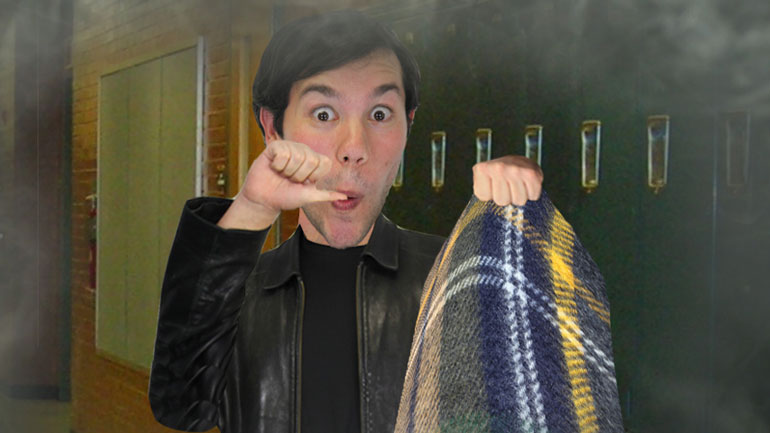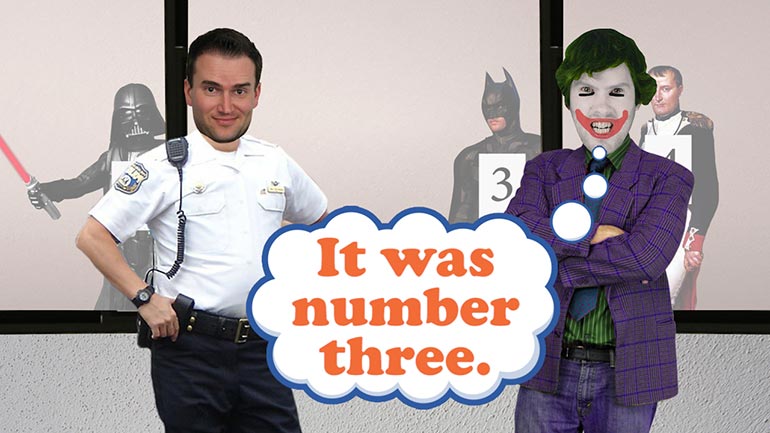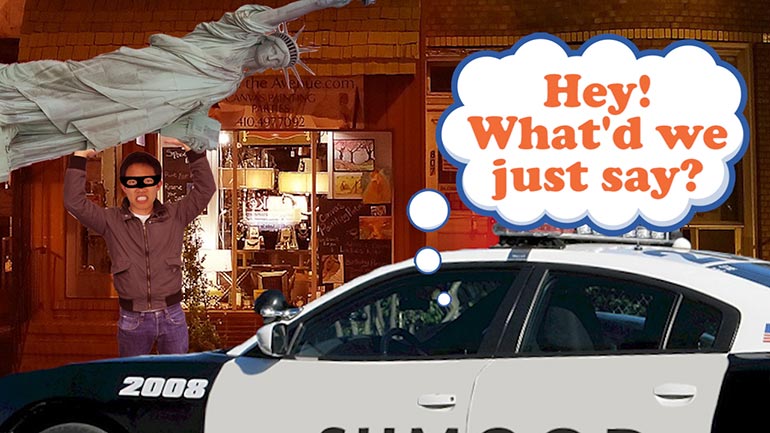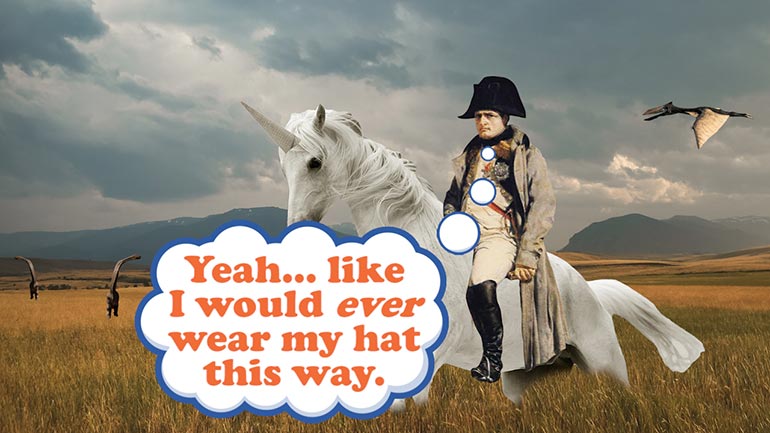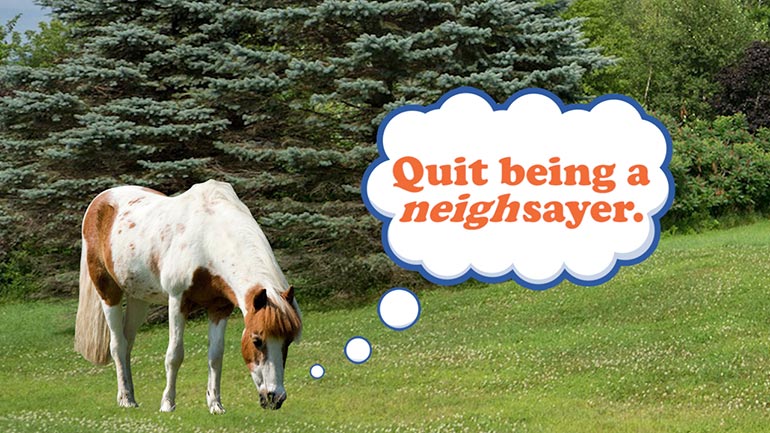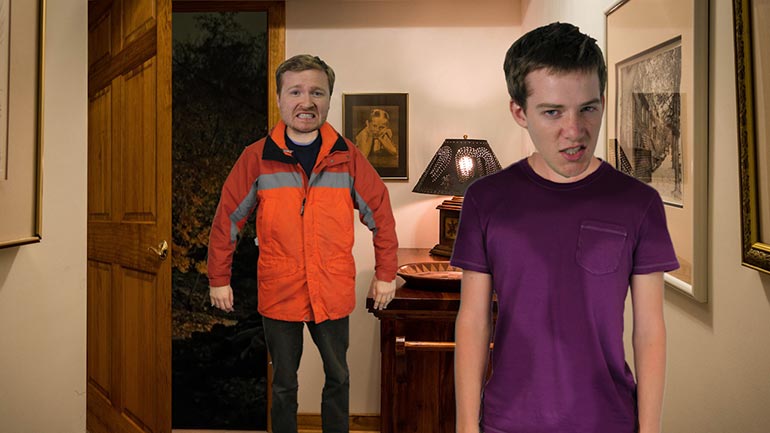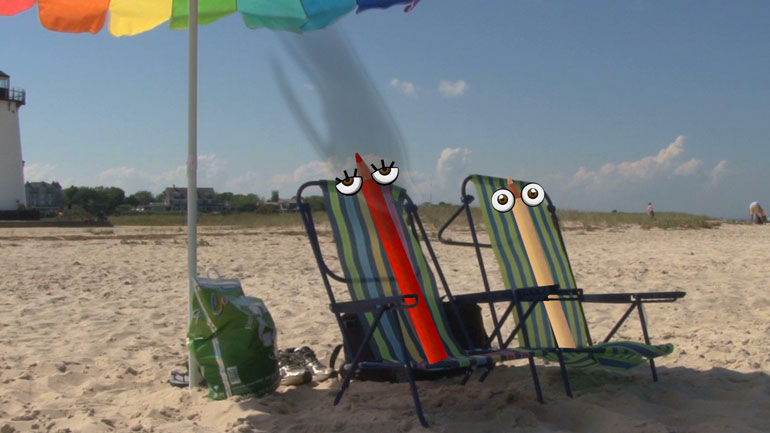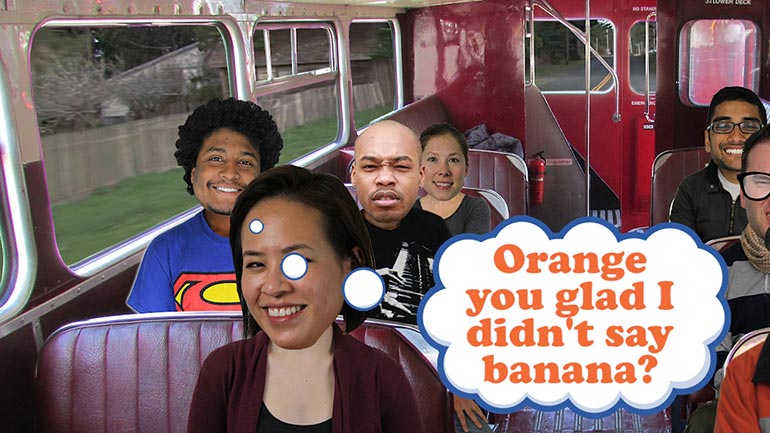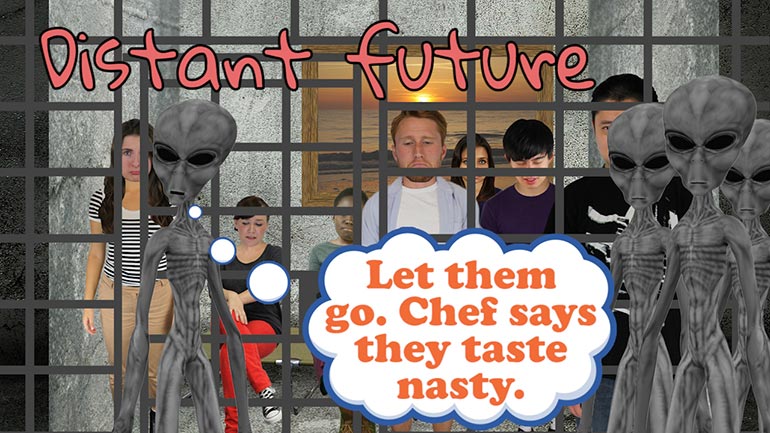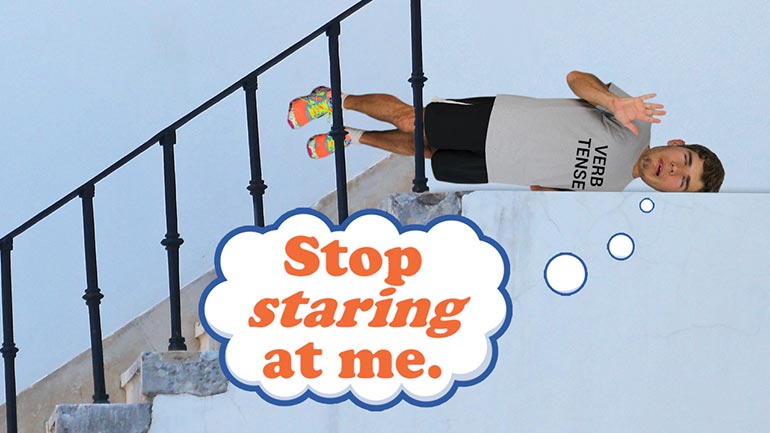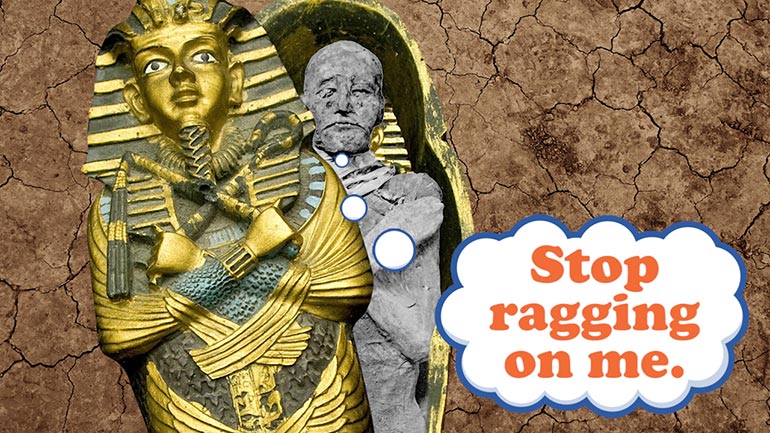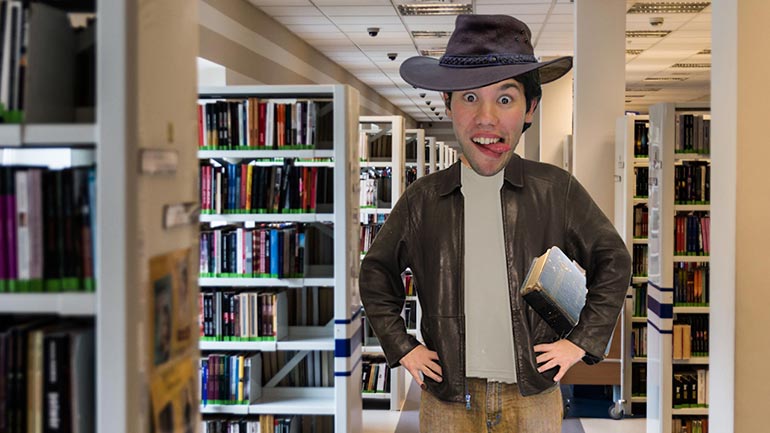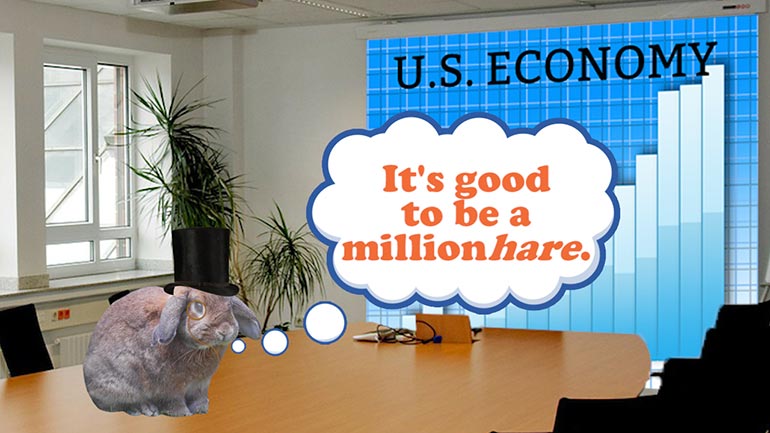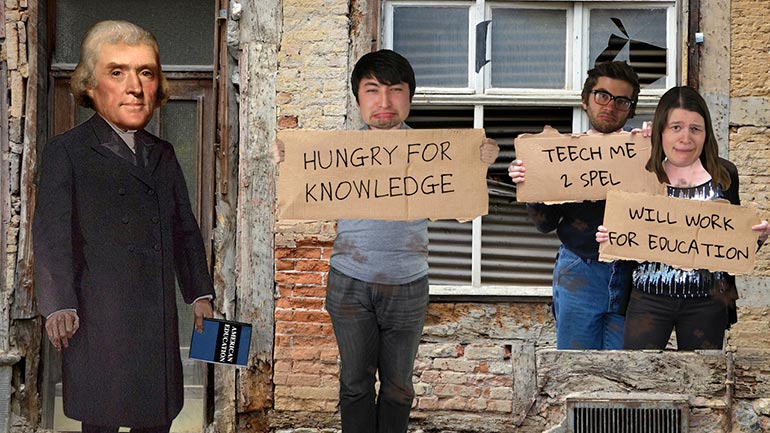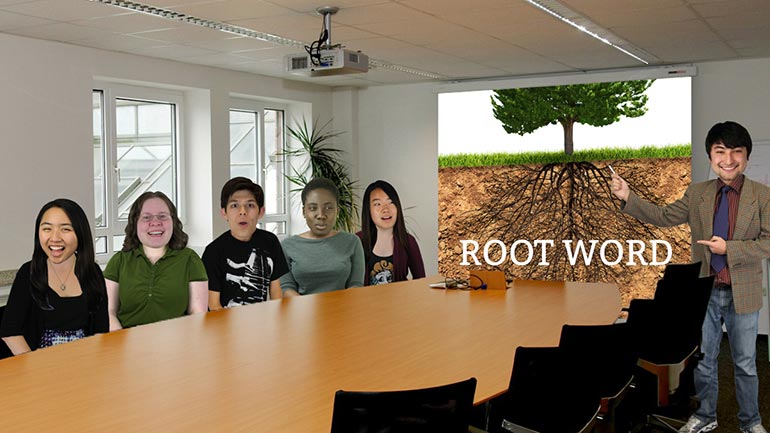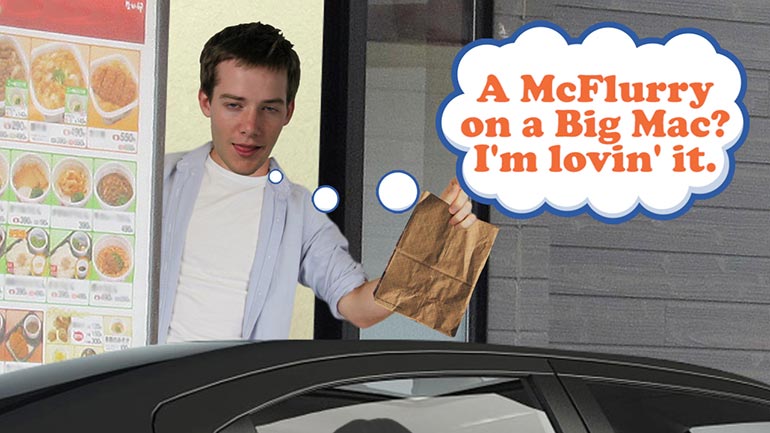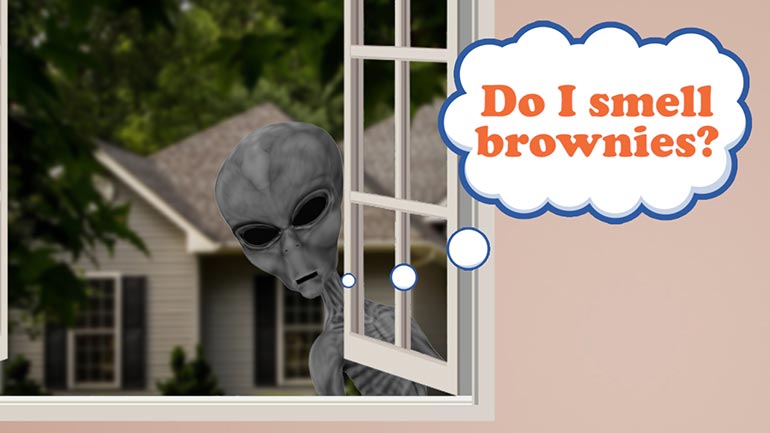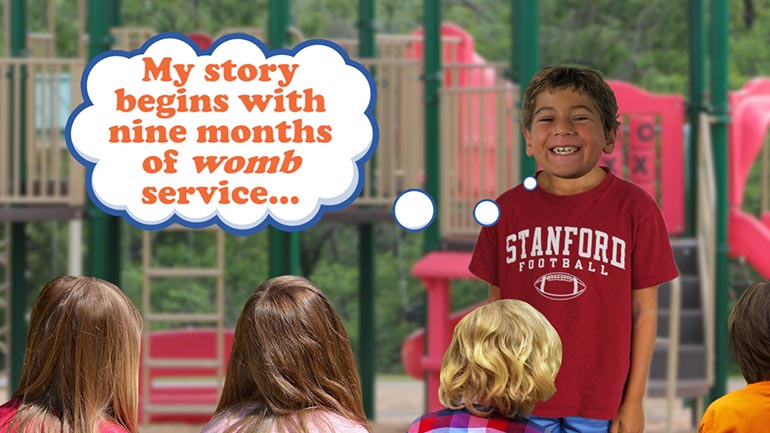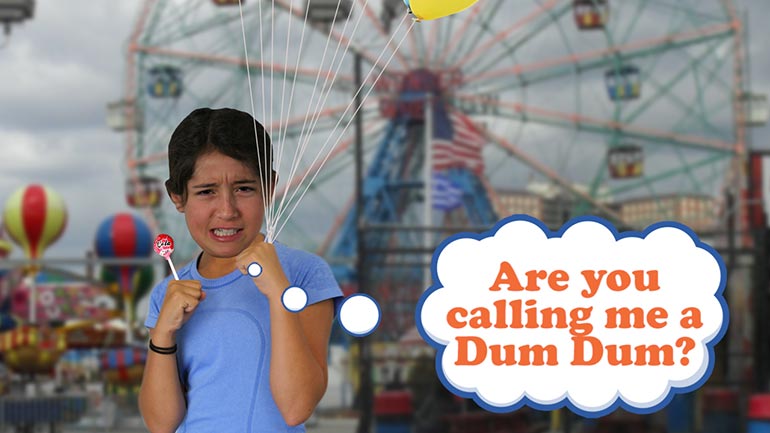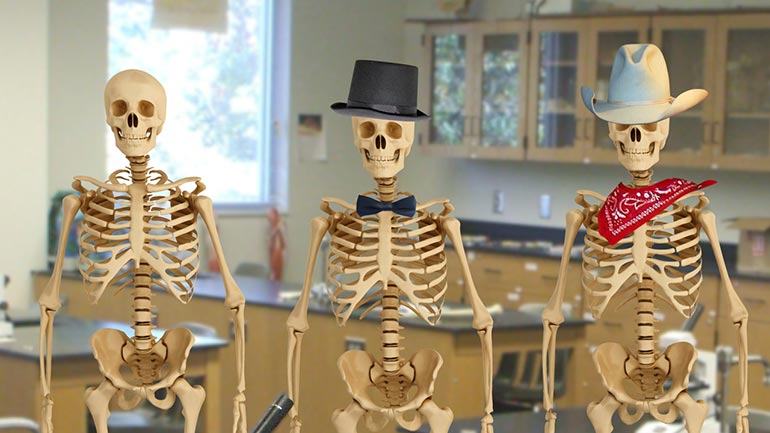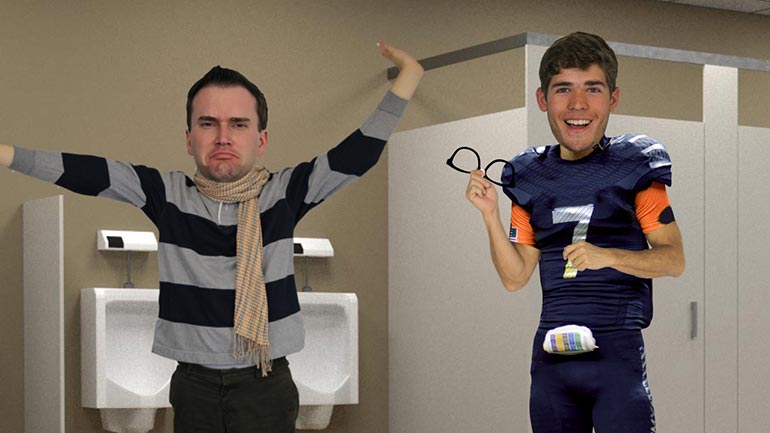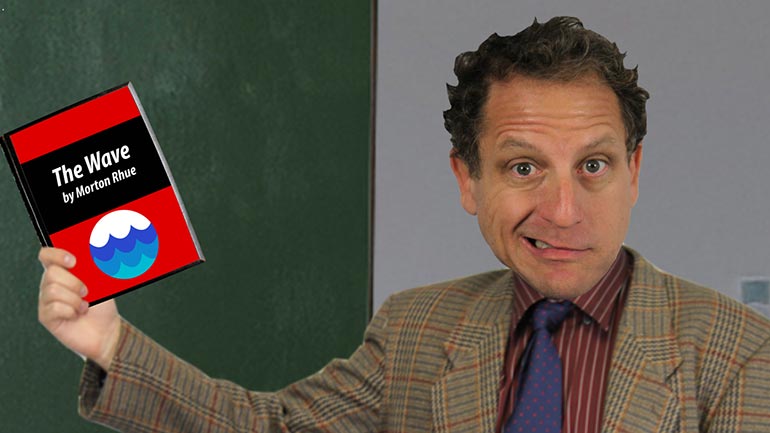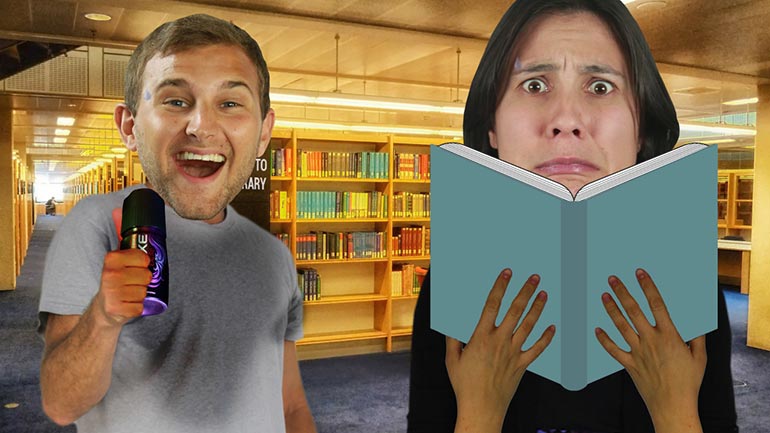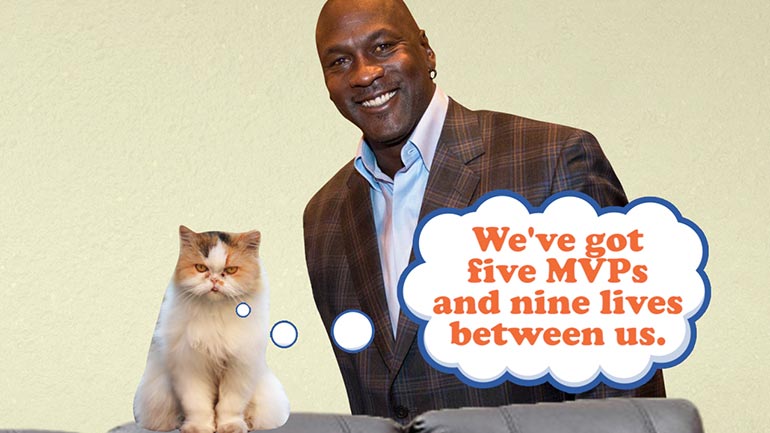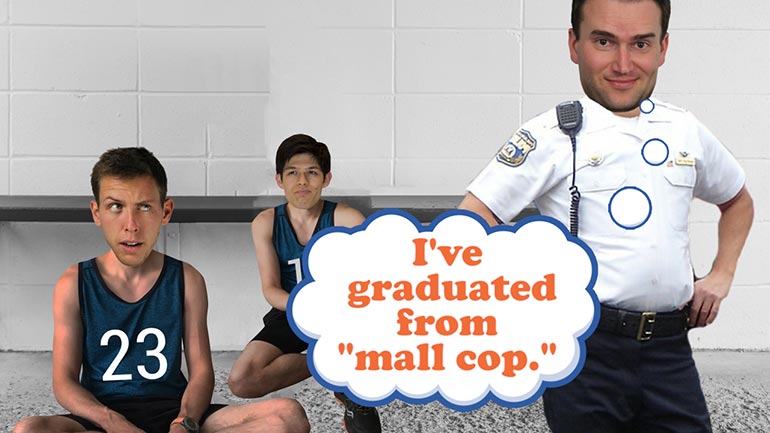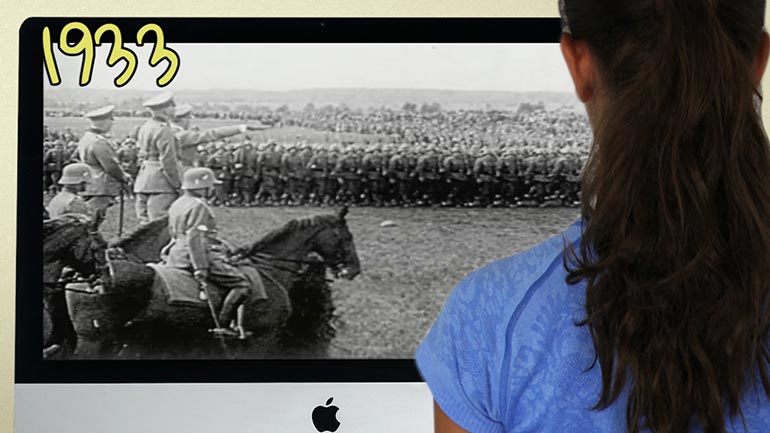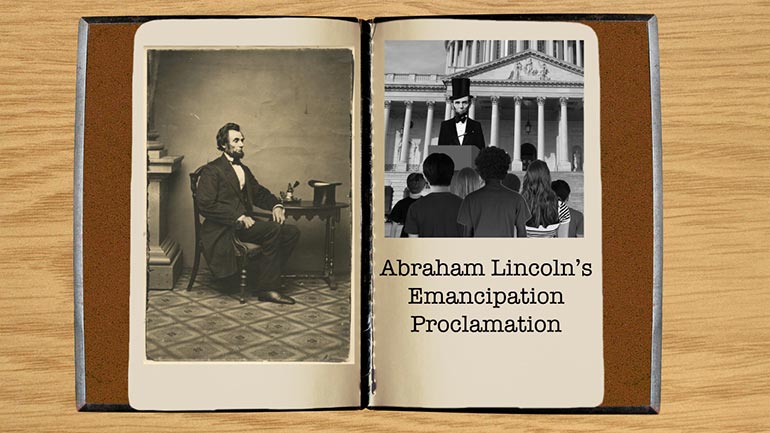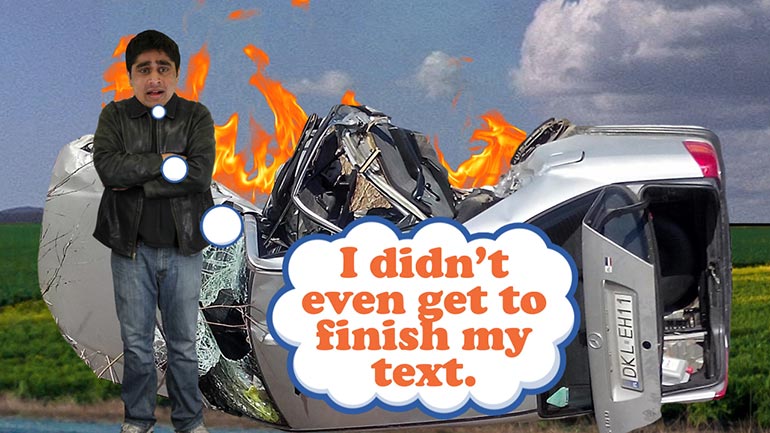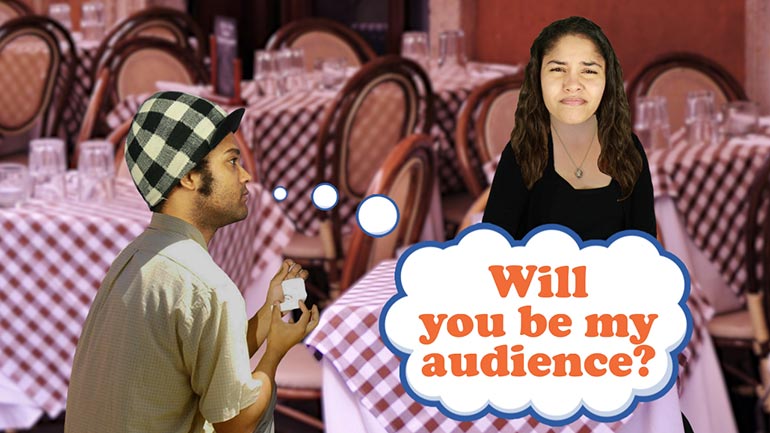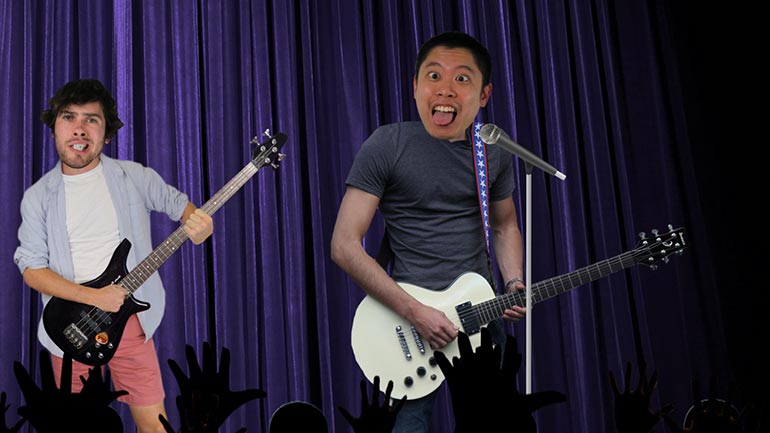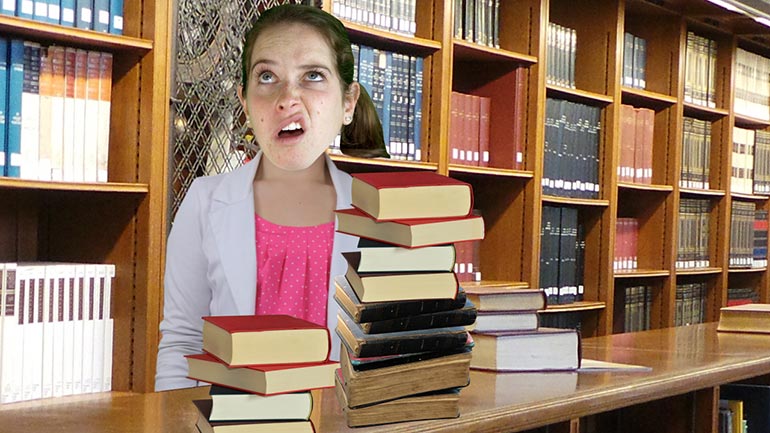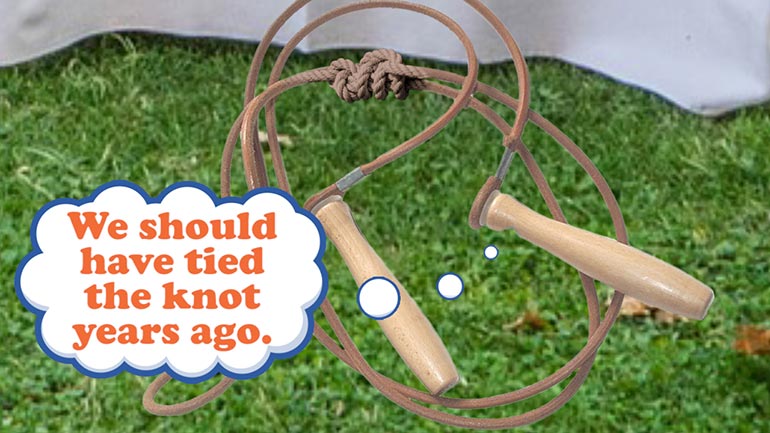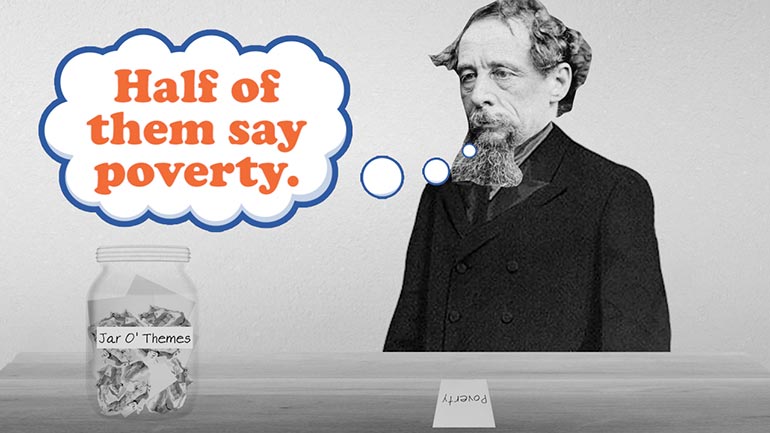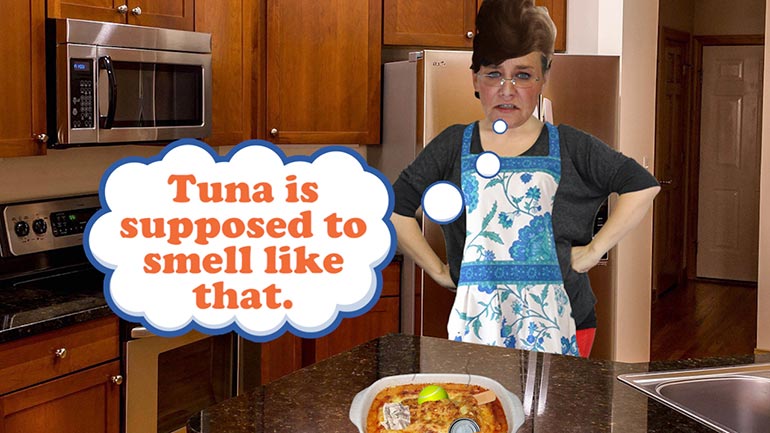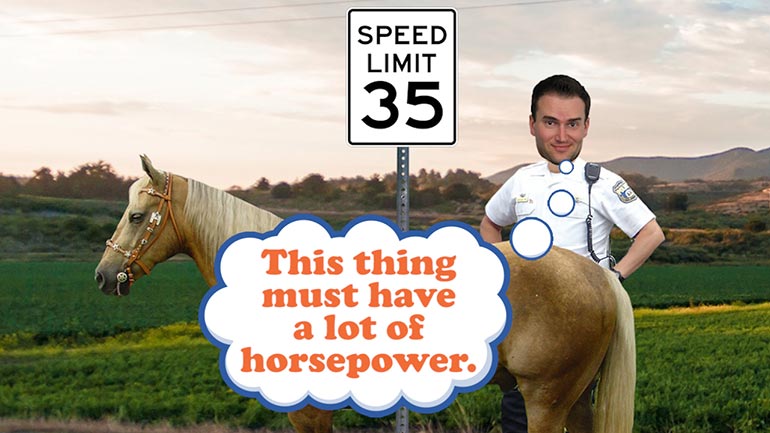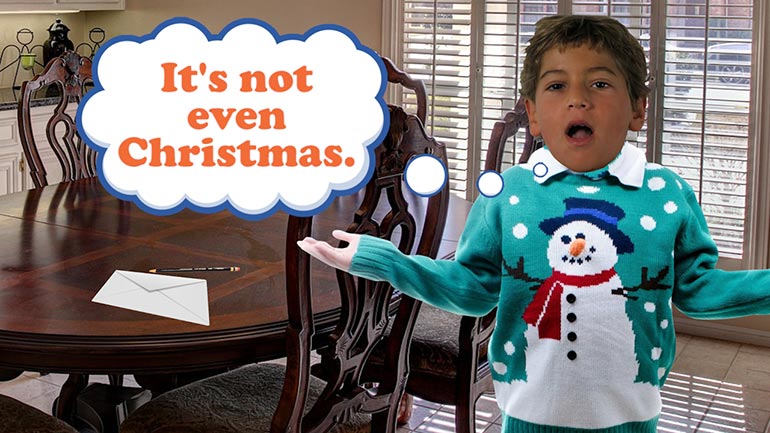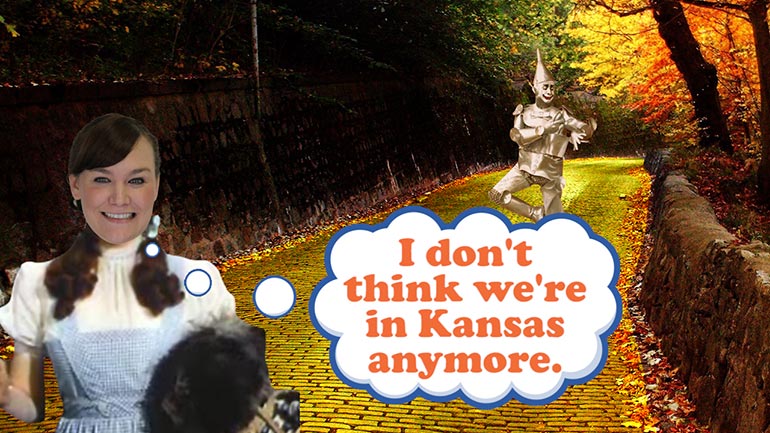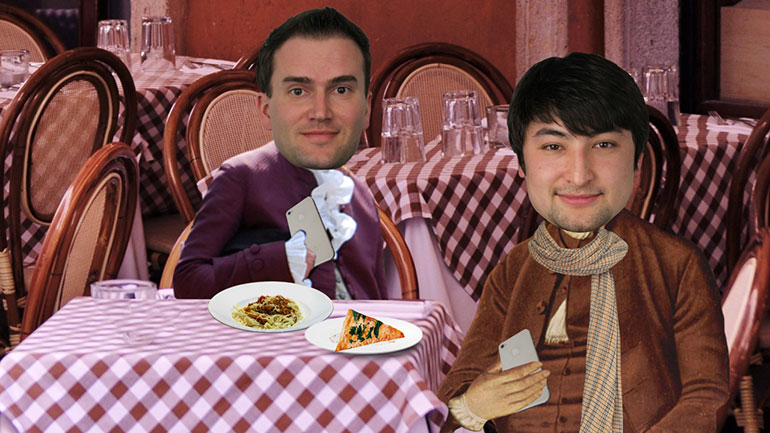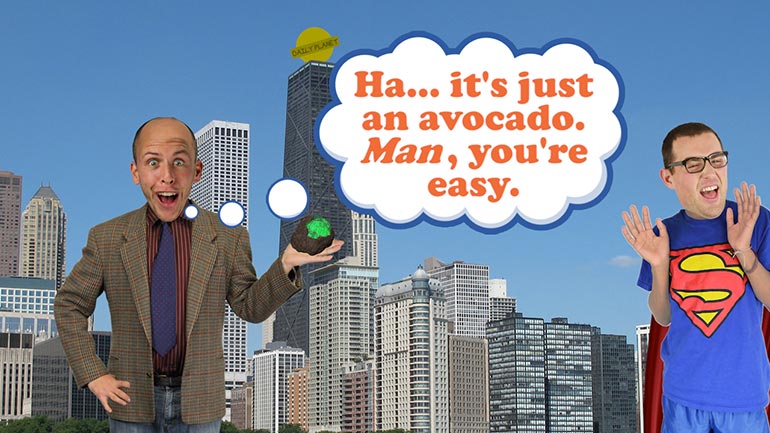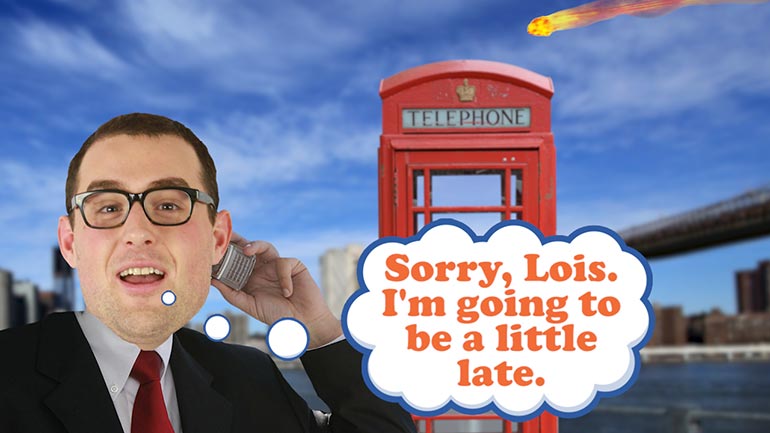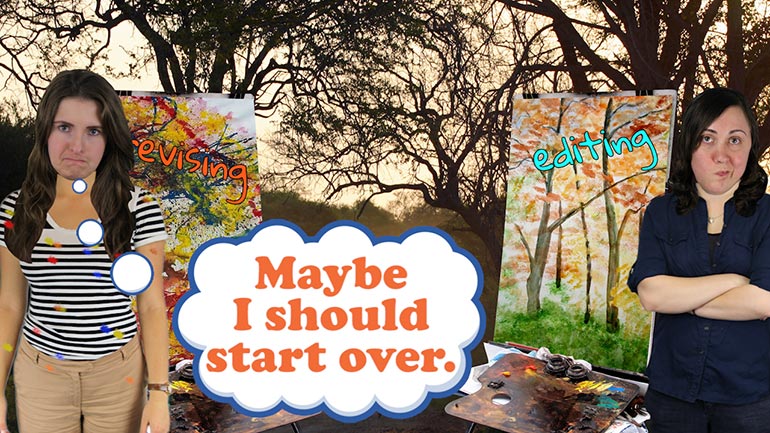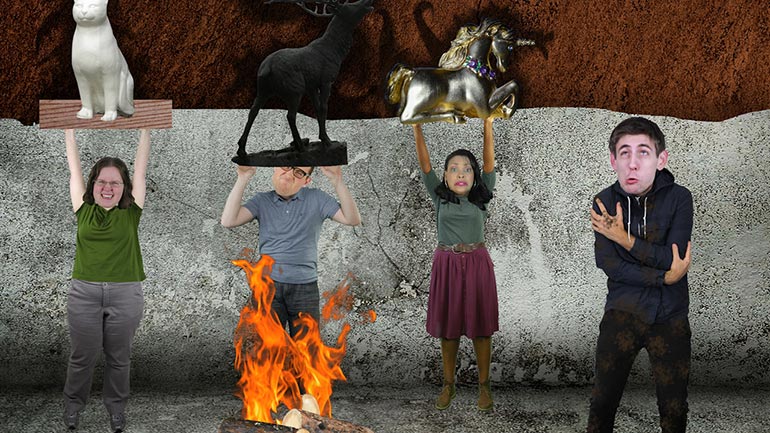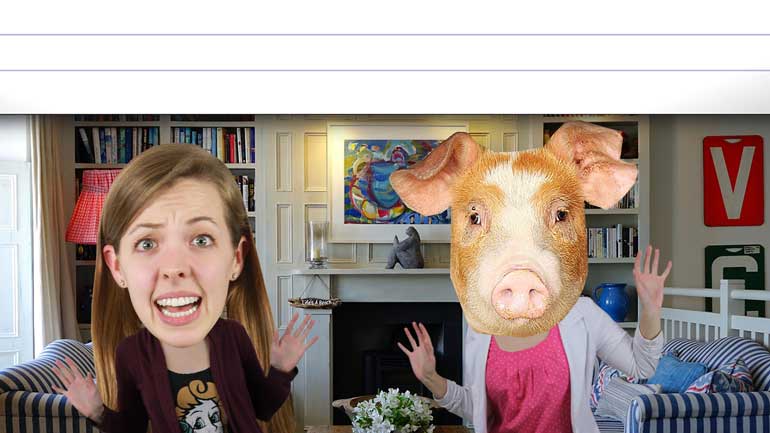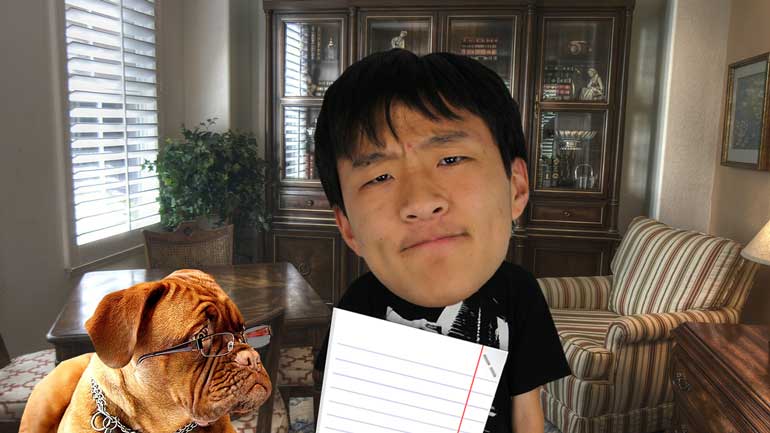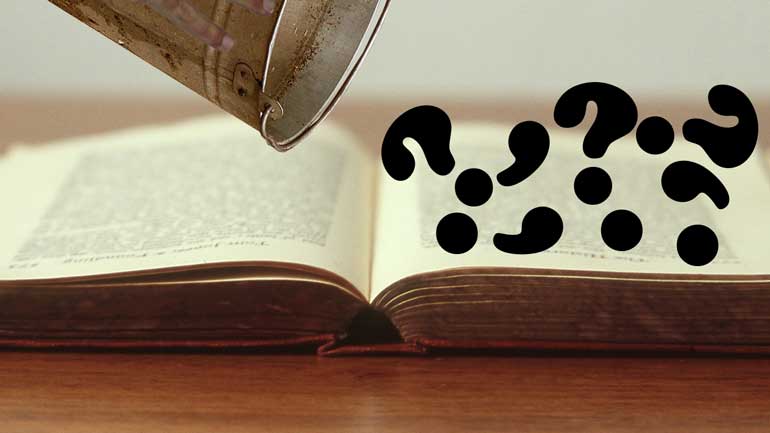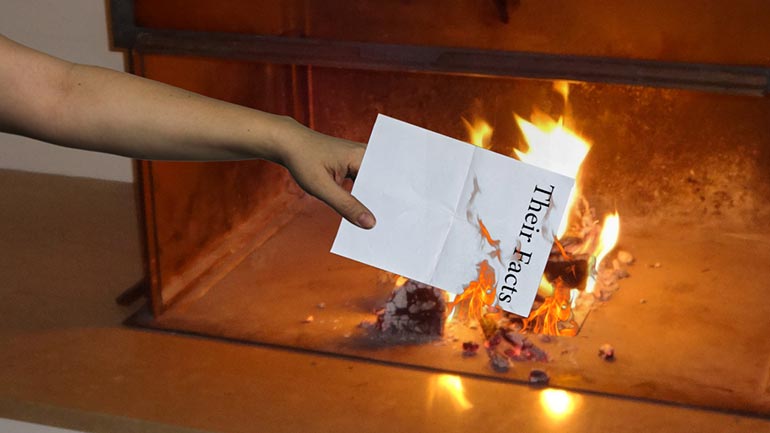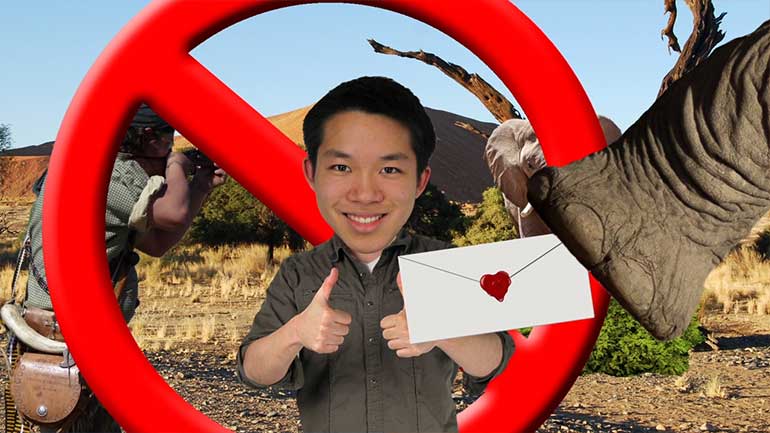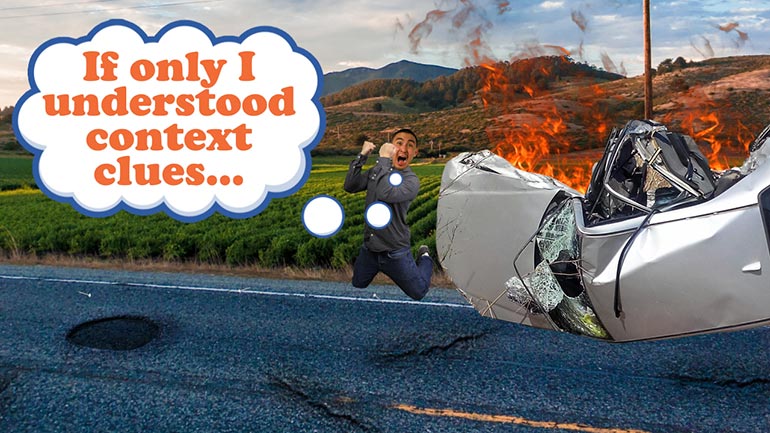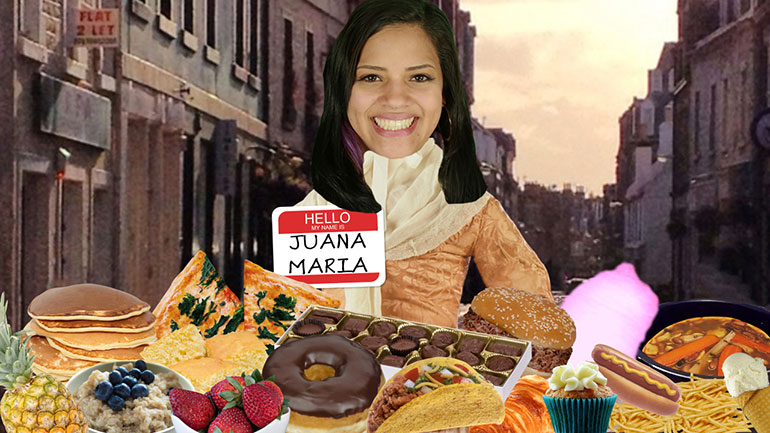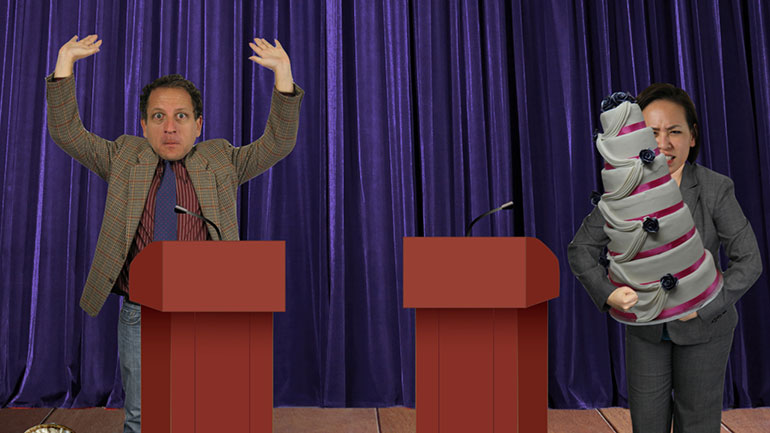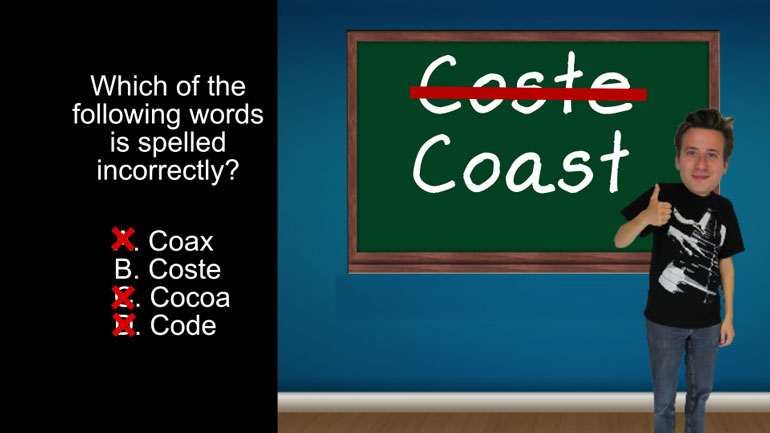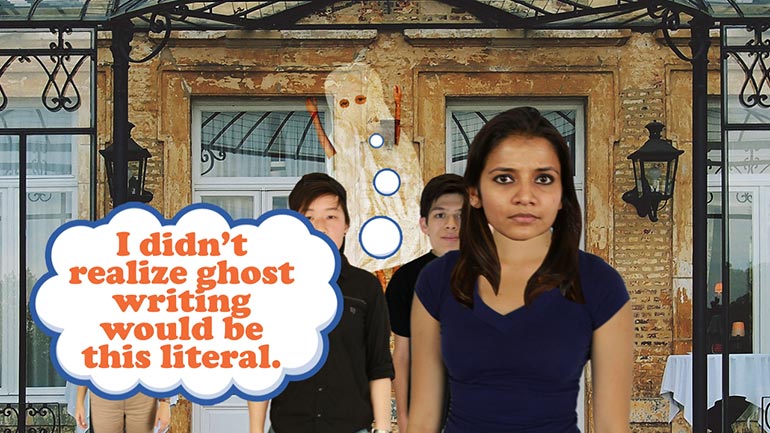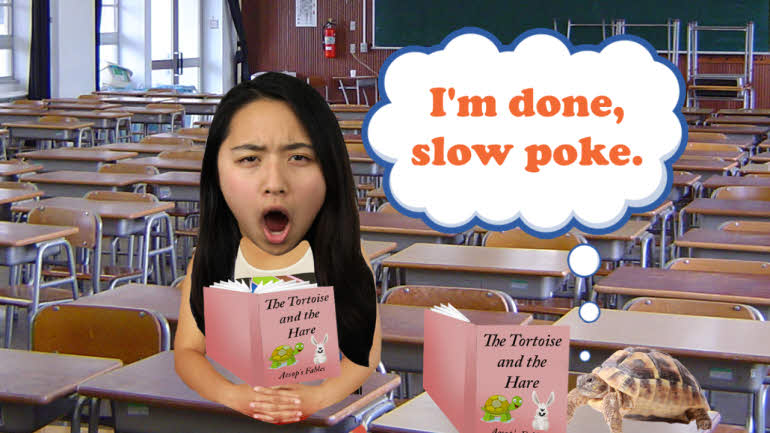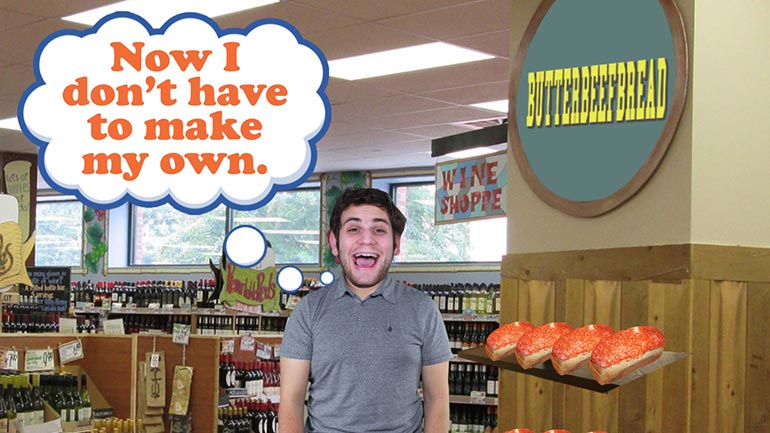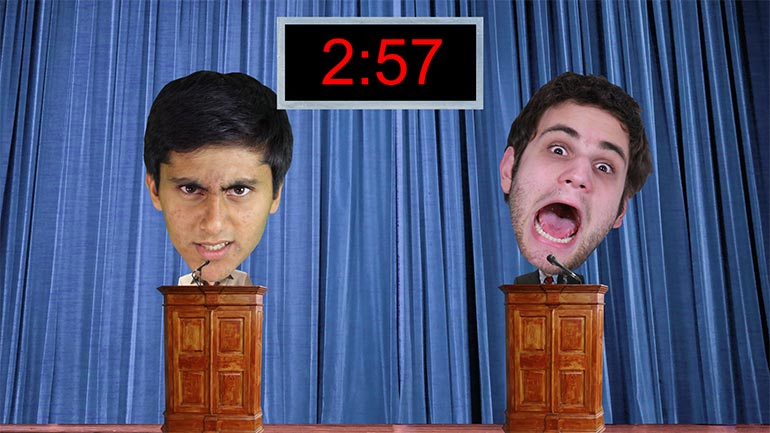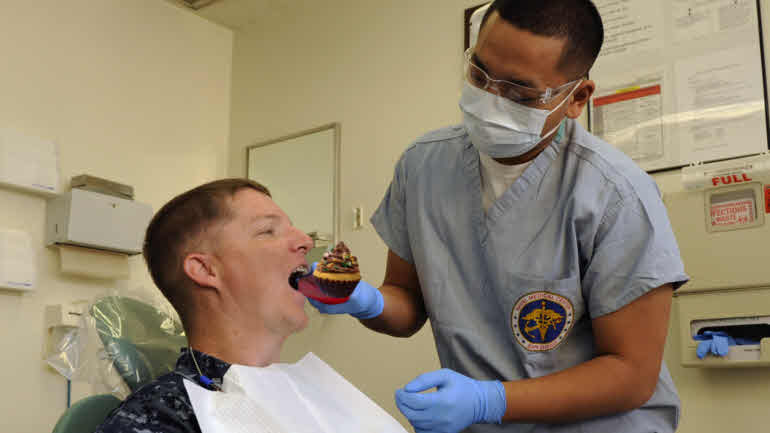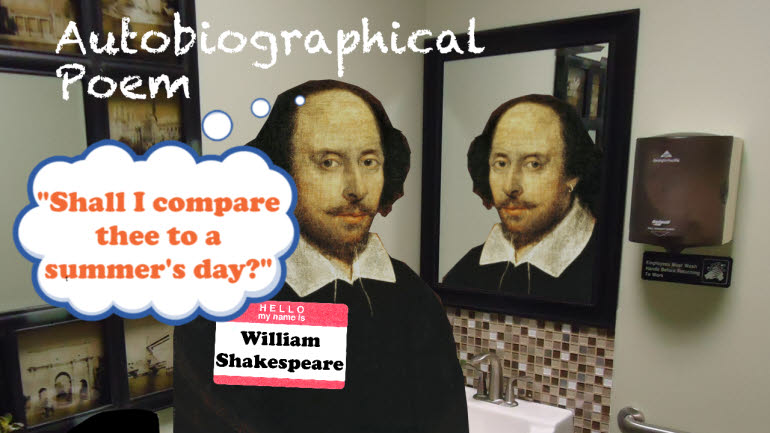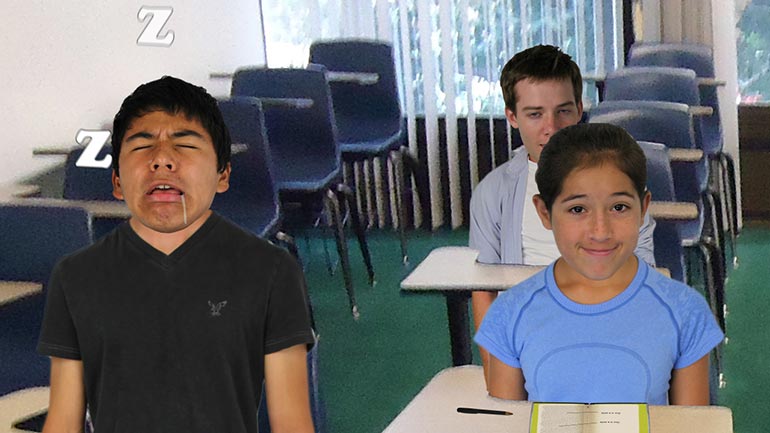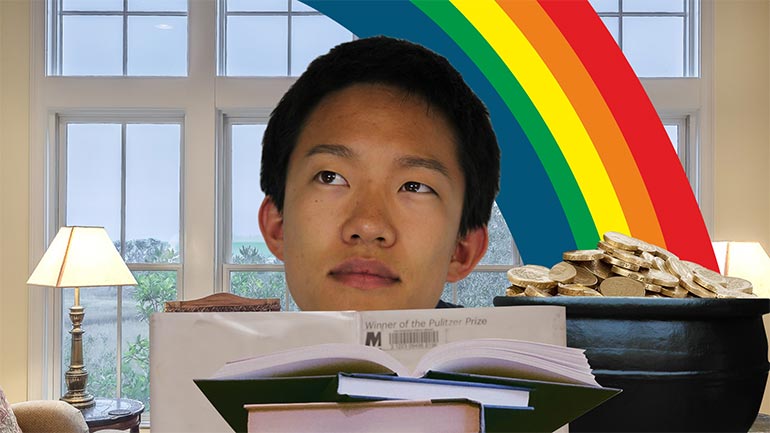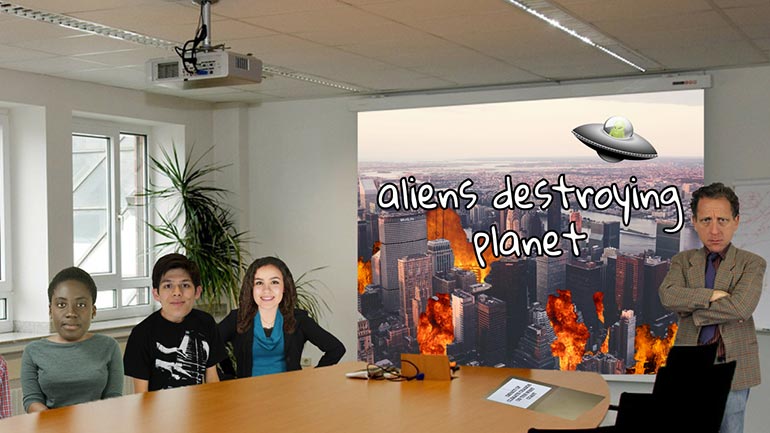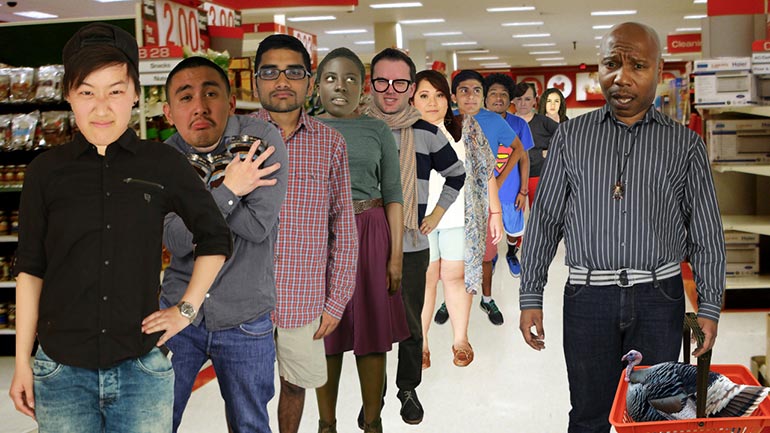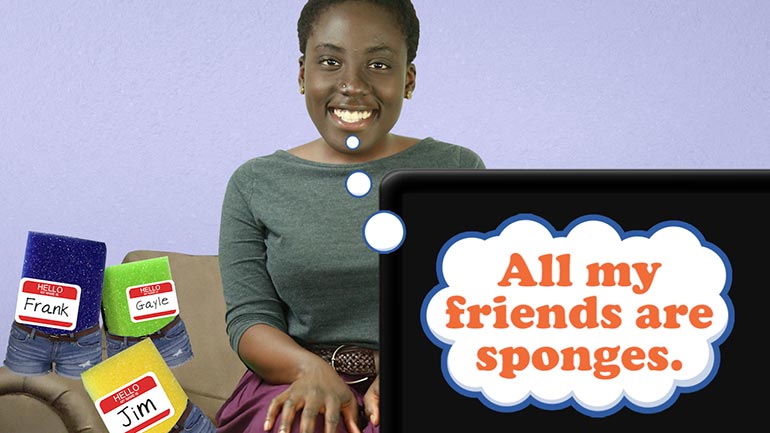ShmoopTube
Where Monty Python meets your 10th grade teacher.
Search Thousands of Shmoop Videos
Language Arts Videos 106 videos
Picking a theme for a party is pretty easy—always go karate party, because they come with nunchuck egg rolls. Themes in writing are a little diff...
Calling a book “non-fiction” is a bit like saying you have a dog. Sure it covers the basics, but there's a big difference between a Doberman an...
ELA Drills, Advanced: Punctuation 4. Which of the words is spelled correctly?
ELA 5: Timeline of American Education 37 Views
Share It!
Description:
The main takeaway here is that before the 1800's, government-funded schools didn't even exist. How great do you have it today, right? ...right?
Transcript
- 00:04
[Dino and Coop singing]
- 00:13
Let’s take a look back at 400 years of American Education. [American Education book opens]
- 00:17
Aw. These photo albums always make us weepy.
- 00:20
All right. We begin in the 1600s. During this time, America was occupied mostly by people
- 00:25
who were fleeing religious persecution. [Man holding a plate of pizza]
Full Transcript
- 00:27
So, education back then was mostly taught by parents or priests.
- 00:31
And lessons usually focused on teaching religious values… and preparing students to be good
- 00:35
citizens.
- 00:35
And to, you know…hate on other religions.
- 00:39
In the 1700s, the quality of education someone received was mainly based on race, class and [Coop discussing about education variables]
- 00:43
location.
- 00:44
Thomas Jefferson even went so far as to propose two different educational tracks. One for
- 00:48
the wealthy people…
- 00:49
…and a different one for poor people. [Jefferson drawing two arrows from education]
- 00:52
Believe it or not, the fact that Jefferson thought the poor should be educated at all
- 00:55
made him a progressive in his day.
- 00:57
Schools were still pretty much focused on religious values, but some people were beginning
- 01:01
to advocate for a separation of schools and religion. [People protesting for separation of schools and religion]
- 01:04
That whole “sacrificing goats during math class” thing was getting out of control.
- 01:08
Plowing ahead to the 1800s…
- 01:10
We see the dawn of the first government-owned and operated schools… [Uncle Sam teaching students]
- 01:14
… as well as the creation, in 1867, of the Department of Education.
- 01:19
This meant more structure in school curriculums… and less parents educating their kids at home.
- 01:23
Which also meant an increase in packed lunches.
- 01:25
Very good news for brown paper bag companies. [Man bathing in a pile of money]
- 01:28
In the 1800s, education became more accessible to women and African-Americans.
- 01:32
Not a ton more, but…baby steps, right?
- 01:37
At the start of the 20th century, ideas about education in the United States were becoming [Guys arm-wrestling]
- 01:40
more and more polarized.
- 01:42
Philosopher and psychologist John Dewey…
- 01:44
…proposed ideas such as student-centered education.
- 01:46
Meanwhile, teachers were being encouraged to become aware of the psychology of their [Student speaking to a psychiatrist]
- 01:50
students.
- 01:51
It was tough fitting couches and desks into those crowded classrooms…
- 01:54
Later in the century, psychologist B.F. Skinner was all about stuff like rote memorization [Dino teaching about B.F Skinner]
- 02:00
and positive reinforcement.
- 02:01
Gold star for you. Woot.
- 02:04
As the civil rights movement grew, minorities and women fought for the right to attend the [Photo's of women fighting for rights to attend schools]
- 02:07
same schools as everyone else.
- 02:09
Their activism paid off, as laws and court cases strove to assure equality in the schools.
- 02:14
The beginning of the 2000s… or the “aughts” as the cool kids used to call them… saw
- 02:18
the passage of No Child Left Behind.
- 02:20
This law ushered in an era of testing for school achievement… [Girl receives F grade test paper]
- 02:23
…with which you’re probably familiar.
- 02:26
More recently, the Common Core State Standards used in most of the country…
- 02:31
…have tried to push schools to compete in the global market. [Coop discussing the common core state standards]
- 02:33
And every day, new technologies transform education both in the classroom...
- 02:37
…and out of it.
- 02:38
But, being a good little Shmooper, you knew that already. [Guy using shmoop revision website]
Related Videos
Check out the best bias video ever made, courtesy of the most awesome and amazing educational website in existence.
No, this isn't a terrible new mint-peach bubble gum flavor...though it does tend to leave a bad taste in people's mouths.
Those settlers in Jamestown really should have settled down with all that land-stealing. Tobacco's bad for you anyway.
Being born out of multiple wars doesn't quite seem to fit the peaceful, polite Canadians we know and love today...oh wait, they were called The Bea...
Not every cartoon is meant to entertain small children while their mother gets some "Mommy time." There are also political cartoons, which are mean...
